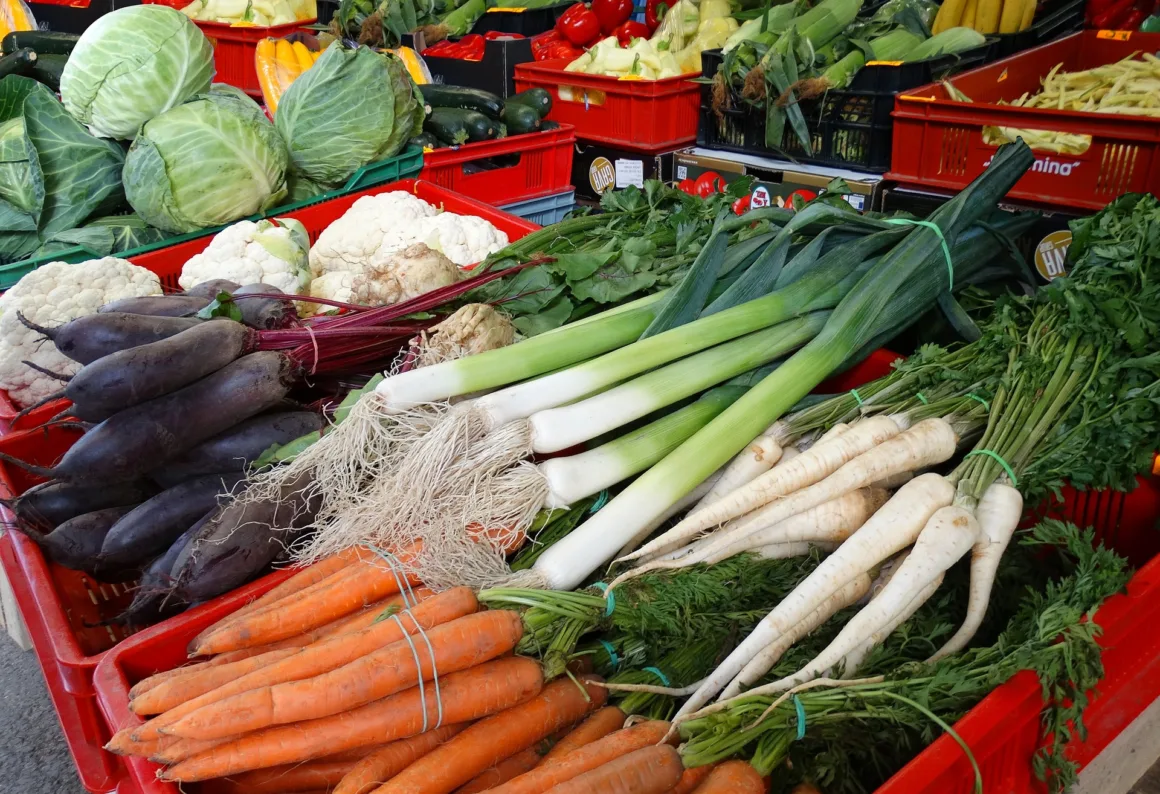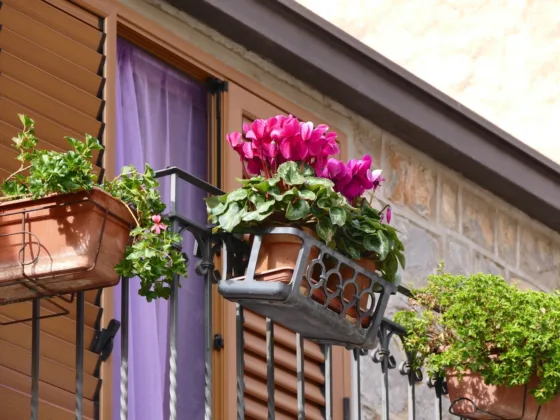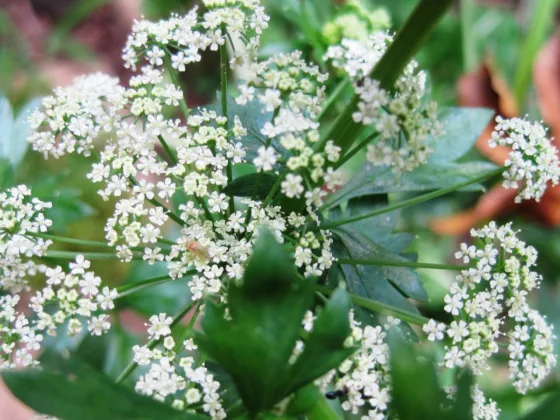Table of ContentsShow
Even in the dead of winter, you can recall the juiciness and delightful sweetness that burst forth in your mouth, as you tasted the first sun-warmed cherry tomato picked straight from your garden.
The first bite is the most memorable, yet the superb flavor is there in every tomato you harvest through the season.
In fact, the quintessence of any homegrown vegetable or fruit is superior to comparable store-bought veggies, or even those purchased at a farm stand.
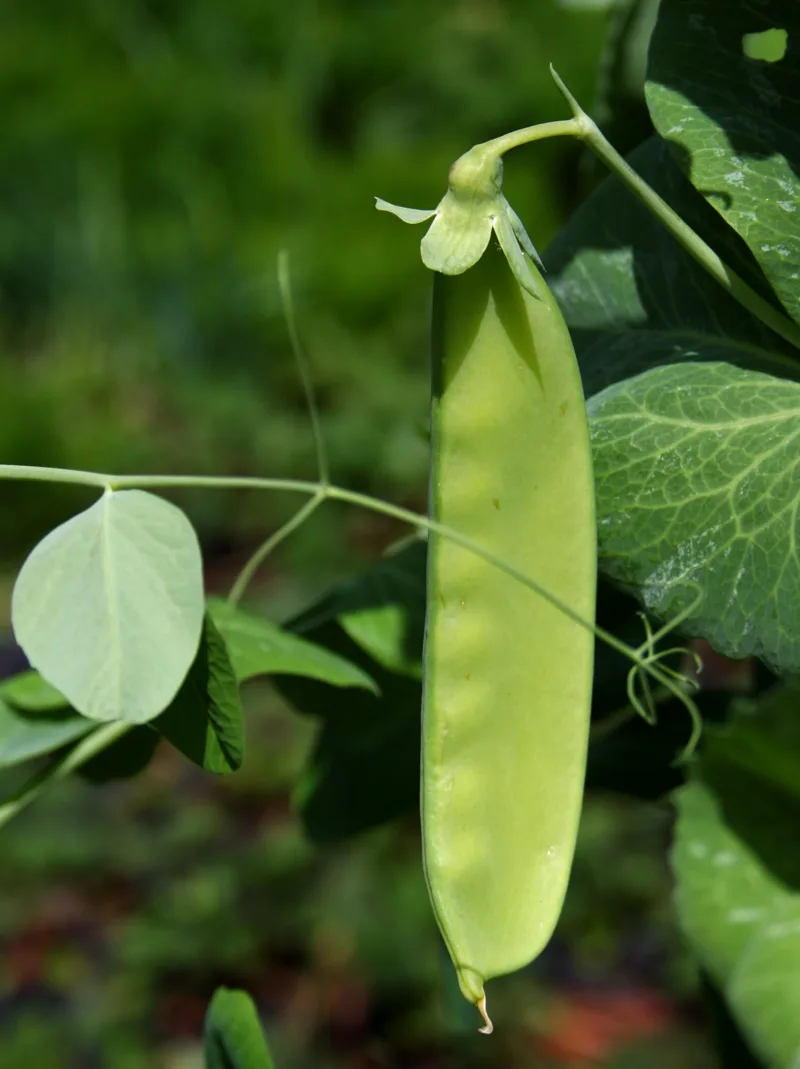
The fresher, the better – taste, texture, and especially nutrients.
While small vegetable plants are available at garden centers, nurseries, or stores, often these plants have been stressed or outgrown their pots.
It is less expensive to buy a pack of seeds, which may contain dozens of seeds, than a tomato plant.
Growing from seed is so much more rewarding; sowing the seeds, keeping the soil lightly moist, waiting for the first signs of life emerging from the soil, nurturing the plant as it grows, feeding, weeding, pruning, and finally harvesting the fruits of your labor.
For some people, the idea of growing vegetables from seed is daunting
Yet it shouldn’t be. It’s easy when you sow the seeds outdoors at the proper time, rather than starting them inside.
A few veggies may be challenging to grow, need special soil preparation, or may not be suitable for your environment, so focus on the easy ones like beans, tomatoes, or squash.
Most seed packets have all the information you’ll need to grow the plants:
a map showing ideal planting time, planting directions, how long it has to grow before harvesting, and more.
Taking the time to read the information on the packet, in the catalog, or on the net before buying will help you choose the right variety for your garden.
Many gardeners prefer seeds
The choice of varieties seems limitless, whereas the selection of small plants or starts is limited.
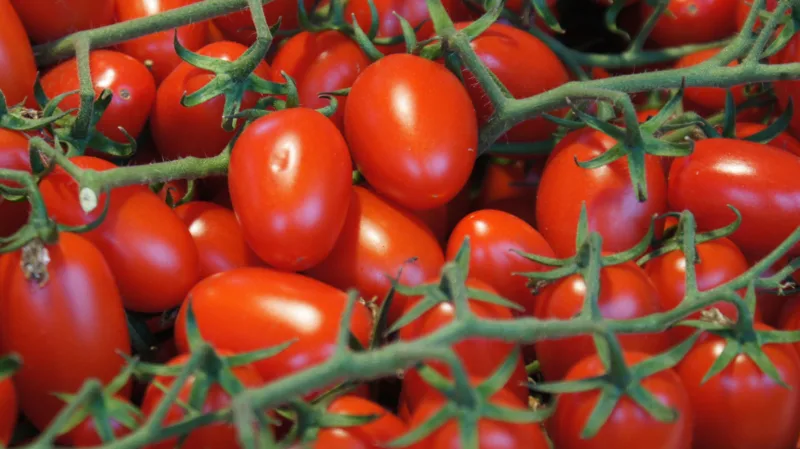
For example, there may be as many as ten different tomato plant varieties (often less) at the garden center, while you can find a greater variety of tomato seeds on the revolving racks and shelves inside the store.
For an even greater selection, check out seed catalogs; or you can find most of the seed companies on the internet.
Read Also :
Between the luscious color photos and the lively description online or in print, you can practically conjure up the flavor of the tomato and the tangy scent of the stems and leaves.
There are even two mail-order companies that specialize in tomatoes, offering more than 400 varieties.
From raisin-size currant tomatoes to two-pound beefsteaks, tomatoes come in a range of sizes, shapes, and colors and hues – yellow, red, orange, green, and purple – solid color, striped, or bicolor.
The choices are many and varied, but only if you choose to grow them from seed. Seeds planted directly in the garden will usually catch up quickly with transplants purchased or started indoors.
An easy way to add early color to the garden is by painting the tomato stakes or tomato cages bright colors; yellow, blue, orange, purple, and even gold or silver.
Exciting and unusual forms and colors exist in many vegetables:
yellow or purple carrots, red celery, purple-podded beans, purple Brussels sprouts, red and white (like a peppermint stick) beets, yellow lemon-shaped cucumbers, white eggplant, and others are only available from seed.
There are so many colors and flavors in these diverse varieties that you would miss out on some remarkable veggies if you didn’t grow from seed.
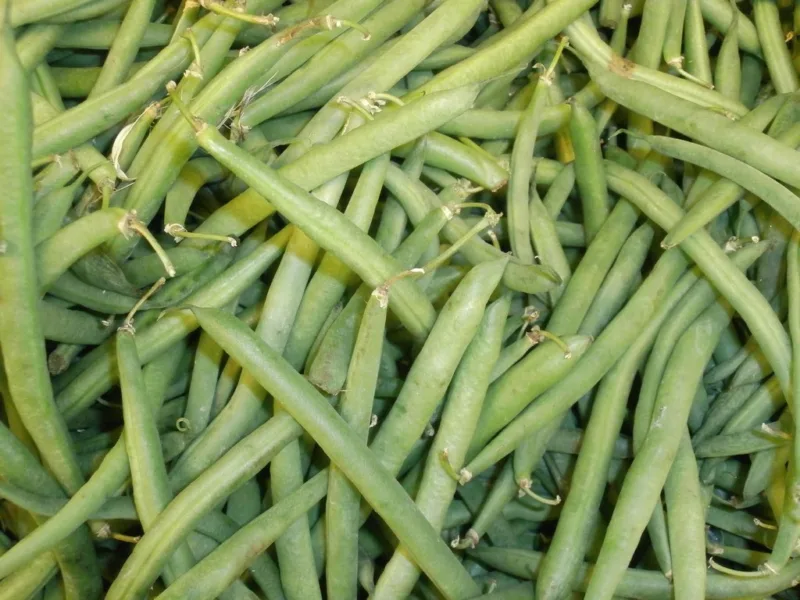
It’s surprising how few people – adults and children alike – really know where vegetables come from: Mother Earth.
In this day and age, when inch-and-a-half peeled carrots come in lunch-size plastic bags, anyone would be hard-pressed to conceive that carrots are root vegetables grown in the soil.
Children are the gardeners of the future; encourage them to take part in the total vegetable gardening experience.
Too many children have been relegated to weeding, and grow up without an appreciation of gardening.
Yet, when kids plant seeds, nurture them, and finally get to harvest the vegetables, they are in awe. Watch a child’s eyes pop as a carrot emerges from the soil when he pulls on the greens.
Interestingly, children who grow vegetables they normally spurn on the dinner table – even broccoli and spinach – will eat their own homegrown veggies.
Kids will munch them in the garden; keep a source of water nearby for rinsing before eating.
It’s easy to share the “secrets” of gardening casually with friends and neighbors, learning by imitation.
Integrate vegetables into a front or backyard garden for edible pizzazz. Use your imagination. For instance, line your walkway with mixed salad greens.
Toss an assortment of seeds: non-heading lettuces, spinach, dill, corn salad, red mustard, cilantro, mizuna, and curly endive all together in a bowl, and then sprinkle the seeds on bare soil.
Within a few weeks, the seedlings need thinning. Cut off the roots and they’re perfect for a salad.

You’ll find neighbors who are curious about the plantings. Let them have a taste. Encourage them to stop by in the late afternoons to help themselves to some fresh greens for dinner.
The only rule is to only take as many leaves or stems as you need for immediate use, harvesting one or two outer leaves from any plant. It’s fun for them, as well as educational.
Growing vegetables brings out the best in all of us
Our nourishing instinct, patience, sharing, serenity, and a connection to the Earth and soil, and, of course, all the exercise involved, provide the best reward – food.
Vegetable gardening from seed has a positive effect on all our senses;
- Sight – watching the seed grow from planting to harvest
- Smell – the sweet perfume of a ripe melon
- Taste – the superior flavor of fresh-picked veggies
- Touch – the feel of the prickly skin of a pickling cucumber
- Sound – if you sit quietly in the late afternoon, you really can hear the corn grow!
